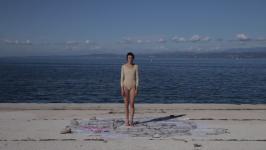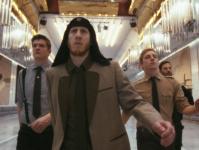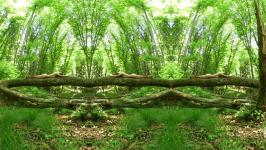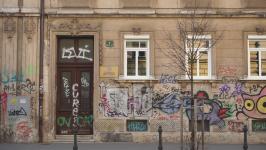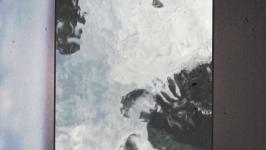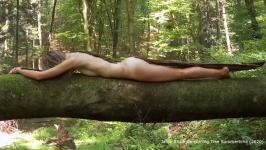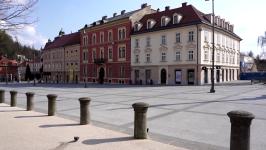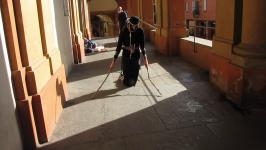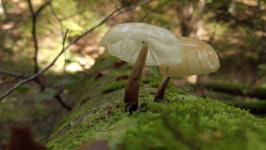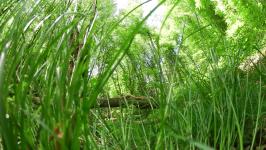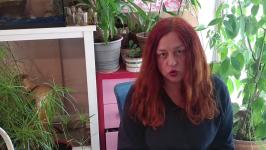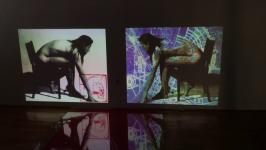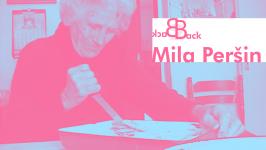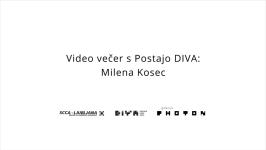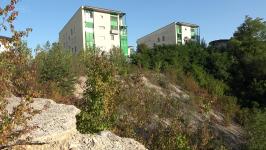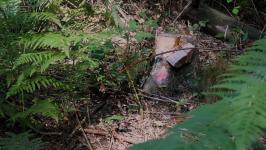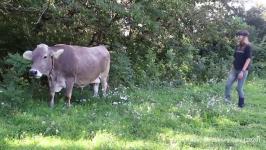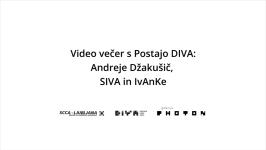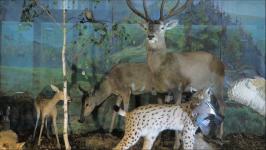
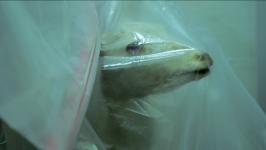
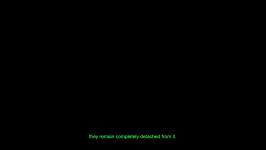
What used to be the largest warehouse complex in times of Yugoslavia, grew in the 1990s into a “living, dynamic commercial organism,” a shopping centre called City. Simultaneously, a large part of the Slovenian Natural History Museum's collection (its insects, its vertebrates, its herbaria) began to inhabit the area. It was supposed to be just a temporary solution until a better space was made available by the ministry of culture, but that never happened and the animals became one of the most permanent, though invisible, elements of the City. It is perhaps due to their location being virtually unknown that it seems as if they are not only waiting for a better space, but that they are waiting in ambush. As if, despite their stillness, they are strangely alive. While movements are almost imperceptible, behind the rear wall three layers of sound interweave: the echo of the anti-government protests coming through the open windows of the museum, the pigeons chirping on the deserted streets surrounding the shopping centre, the museum employees working in the depot alongside the artist. (Source: Ana Likar)
